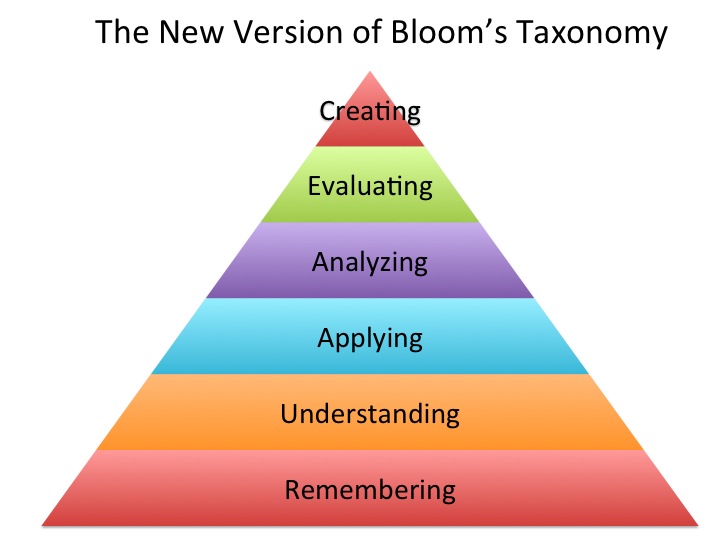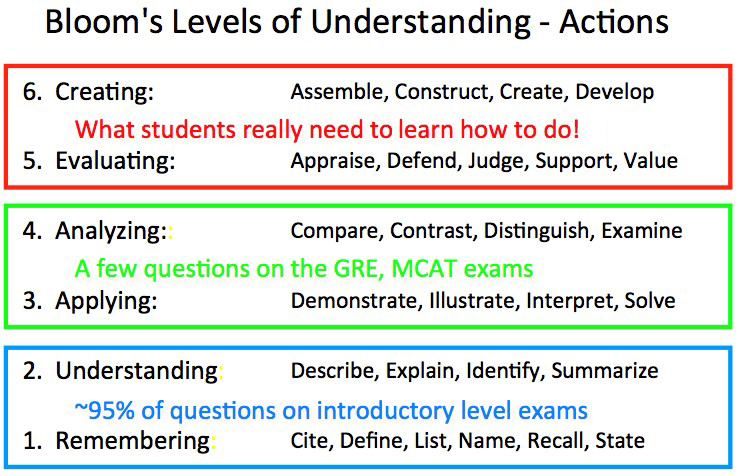The Innovative Instructor has featured several posts recently on inclusivity and diversity in the classroom. This is an important issue, and one that is very much on my radar screen as I have been involved in developing TILE–the Toolkit for Inclusive Learning Environments (see post here). On Wednesday, March 25th, we had our first session with interested faculty to explore best practices.
As part of the program, we introduced three examples of the types of course components we envision for the toolkit. These could be in-class activities, assignments, projects, case studies, role-playing, experiential learning, best practices or recommendations.
1. CRITICAL THINKING EXERCISE

Twitter.com screen shot.
Pedagogical Approach: Critical Thinking Exercise
Students can do this in class on their laptops, tablets, or smart phones.
In 2014 a food and entertainment PR firm was the subject of a media backlash because of their chosen company name. What is wrong with the name? What is the history of the name both past and more recently? How would you have advised the firm to remedy the situation? [By the way, you can find the full story here.]
Potential Learning Outcomes:
- Students will be able to discuss why basic research and information literacy skills are imperative to making business decisions.
- Students will understand the negative consequences of 1) not doing basic research, and 2) not being culturally competent and/or sensitive.
- Students will understand the importance of gaining cultural competence when it comes to issues or terms that they may not personally understand but may be a sensitive subject for others.
- Students will have a broader knowledge of a tumultuous time in recent US history.
- Students will be able to articulate the meaning and history of a song labeled “The Song of the Century” by Time magazine in 1999.
- Students will be able to discuss the meaning of the term “strange fruit.”
2. CASE STUDY

Brady Holt http://de.wikipedia.org/wiki/Crashtest-Dummy#/media/File:IIHS_crash_test_dummy_in_Hyundai_Tucson.jpg
Pedagogical Approach: Case Study
Adapted from Stanford’s Gendered Innovations, Pregnant Crash Dummies Case Study. In 1949 the US military developed Sierra Sam, the first crash test dummy based on a 95th percentile male body. A female body type was introduced in the 1970s, children crash test dummies in the 80s, and babies in the 90s. There is one group/body type that is not required in vehicle crash tests and yet accounts for the number one fatality rate among a certain group. Any guesses?
“Conventional seatbelts do not fit pregnant women properly, and motor vehicle crashes are the leading cause of fetal death related to maternal trauma (Weiss et al., 2001). Even a relatively minor crash at 56km/h (35 mph) can cause harm. With over 13 million women pregnant across the European Union and United States each year, the use of seatbelts during pregnancy is a major safety concern (Eurostat, 2011; Finer et al., 2011).”
What are the dangers to the fetus with the current seat belt system? Could you design something better? Given what you know, what requirements or federal policies or disclaimers would you require that are currently not in place? Do the standard seatbelt and seat requirements leave any other segments of the population at risk? If so, who?
Potential Learning Outcomes:
- Students will understand the importance of a diverse team.
- Students will be able to discuss the dangers in design when diversity is NOT considered.
- Students will understand that a one-size-fits-all approach in design overlooks important segments of the population.
- Students will understand the need for policies that require design for all segments of the population.
- Students will create a solution that requires inclusive design considerations.
Citations
Eurostat. (2011). Fertility, Figure 1: Number of Live Births, EU-27, Legally Induced Abortions by Year, Country, and Mother’s Age, EU-27. http://appsso.eurostat.ec.europa.eu/nui/show.do?dataset=demo_fabort&lang=en
Finer, L., & Kost, K. (2011). Unintended Pregnancy Rates at the State Level. Perspectives on Sexual and Reproductive Health, 43 (2), 78-87.
Weiss, H., Songer, T., & Fabio, A. (2001). Fetal Deaths Related to Maternal Injury. Journal of the American Medical Association, 286 (15), 1863-1868.
3. RECOMMENDATION FOR BEST PRACTICE—GUEST LECTURES OR PANEL OF EXPERTS

Pixabay http://pixabay.com/en/system-network-news-personal-591225/
Pedagogical Approach: Guest Lecture or Panel of Experts
Identify minority experts in your field and bring them in as a guest lecturer or for a class discussion. They should spend most of the time on their scholarship and area(s) of expertise and only speak about their minority status in the field when and if they themselves choose.
Potential Learning Outcomes:
- Students will see someone as a role model for both minorities and non-minorities based on that person’s accomplishments and expertise in their shared area of study.
- If the expert is respected by the student’s professor, the students will also show/gain respect for the expert.
- Due to professor’s modeled behavior, students could also potentially treat minority experts as equals when they encounter them in the field.
- Students may evolve into professionals who support and understand some of the challenges that minorities face in their field.
We have asked those interested in contributing their own examples to submit a PowerPoint slide with the following format: on a single slide, start with an image that is relevant to the example. We ask that the images be rights-free or have a Creative Commons license with attribution in either case. In the Notes section below the slide, describe the pedagogical approach, give the information necessary to implement the example, and list potential learning outcomes.
You are invited, too. If you have an example you’d like to submit, please contact me via the comments with a brief message and an email address. We are looking forward to sharing your contributions.
Macie Hall, Senior Instructional Designer, Center for Educational Resources
 The display of the table with the rubric on the Tomorrow’s Professor site is difficult to read; a better version can be found here at the University of Regina’s Teaching Resources website.
The display of the table with the rubric on the Tomorrow’s Professor site is difficult to read; a better version can be found here at the University of Regina’s Teaching Resources website.













